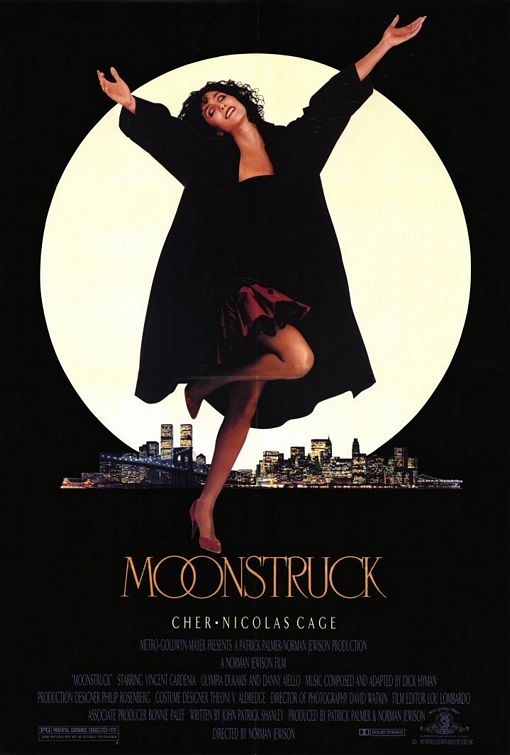Fly Me to the Moon
Posted on August 14, 2008 at 6:02 pm
C| Lowest Recommended Age: | All Ages |
| MPAA Rating: | G |
| Profanity: | Some schoolyard language |
| Alcohol/ Drugs: | None |
| Violence/ Scariness: | Mild peril and violence |
| Diversity Issues: | Stereotyped portrayal of female characters |
| Date Released to Theaters: | August 13, 2008 |
Don’t try to swat that enormous insect buzzing a few inches above your popcorn. It’s a hologram-like image hovering in front of you and it is part of the movie. Yes, you have to wear the clunky glasses, but within moments you will forget all about them and be caught up in the pure magic of the 3D technology in the first feature-length animated film completely produced in that format. It is stunningly beautiful and almost hyper-real in its depth of field and meticulousness of detail. The virtual reality is so believable you will feel as though you can reach into each shot and rearrange the furniture.
Unfortunately, the dull characters and weak story keep getting in the way of the gorgeously produced backgrounds. The plot about three young flies who hitch a ride on Apollo 11’s trip to the moon is almost an afterthought.
The starring role here is played by the techies, who focused not just on the 3D effects but also on the science and engineering of the Apollo 11 mission. They relied on NASA records, blueprints of the rocket ships and equipment, and even the audio recordings of the flight to bring extra verisimilitude to the screen. This part of the movie is a flat-out marvel, and the shots of the moon are breathtaking.
The artists who designed the environments designed a community for the houseflies that has some clever detail and some lovely touches, especially the rippling water, so tactile you may feel a little damp.
But all of the imagination seems to end there. The history of animated movies is abuzz with cute cartoon insects, from one of the very first animated features, “Hoppity Goes to Town” to the dapper Jiminy Cricket in “Pinocchio,” “A Bug’s Life”, and “The Ant Bully.” But there is no effort of any kind to give the characters here any distinctive fly qualities. They just look like little humans with antennae and wings, and they are almost interchangeable, with each assigned just one identifying characteristic. One is the leader, one has glasses, and one is fat. Then there are the Soviet flies who want to prevent the rocket from reaching the moon before they do, just poor copies of Boris, Natasha, and Fearless Leader from “Rocky and Bullwinkle.”
But the biggest disappointment is the script, as arid as last year’s Tang. It fails to make us care about the characters or identify with the flies’ dream of going to the moon. It was inspired by a fly grandfather’s reminiscence of saving pioneering pilot Amelia Earhart by flying up her nose (I am not kidding). It is not based on any interest or understanding beyond a vague quest for adventure. It assumes much too much knowledge from today’s children about the space race and the 1960’s. Kids are likely to be confused by the Cold War bad guys and the retro portrayal of the female characters. The girl flies toss their ponytails and giggle and the lead fly’s Stepford-like mother is pretty much limited to fussing over her larvae babies, making dinner, and fainting(!) whenever she is upset. The action scenes are poorly choreographed and hard to follow and the comedy tends toward potty humor and fat jokes. And then the big happy ending is followed by a live action coda with real-life astronaut Buzz Aldrin reminding us that it was all pretend.
The dazzling technology just puts a spotlight on the lackluster script, like a high-definition picture of an out-of-focus subject . If they can put a man on the moon, why can’t they tell a better story about sending some flies along for the ride?

